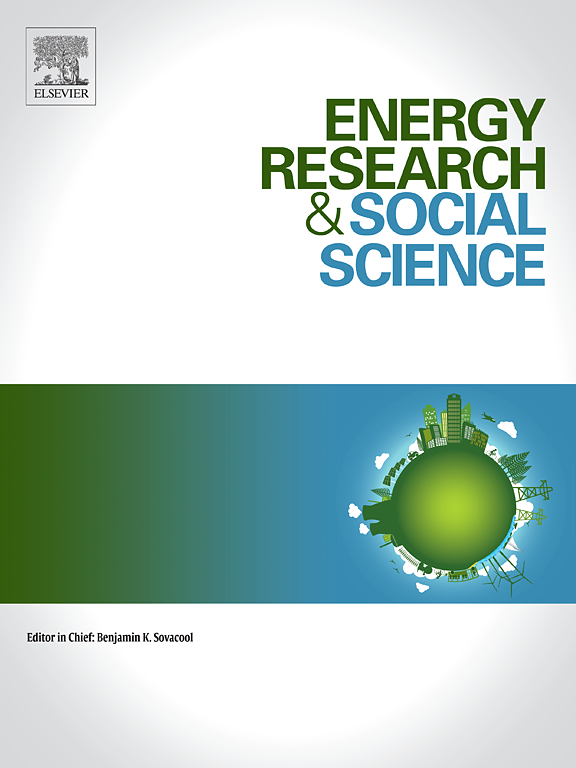老房子,新的不平等:建筑存量驱动种族差异在热泵使用在美国
IF 6.9
2区 经济学
Q1 ENVIRONMENTAL STUDIES
引用次数: 0
摘要
清洁能源转型的空前规模为通过采用新技术解决能源不公平问题提供了一个独特的机会。然而,很少有研究调查了热泵(一种关键的脱碳技术)的采用差异以及导致这些差异的因素。使用家庭层面的数据,我们证明了种族和少数民族家庭不太可能在从州到邮政编码的地理尺度上使用热泵。为了探索潜在的解释,我们从家庭层面的属性评估热泵使用的决定因素。我们的研究结果表明,建筑年龄的差异——一个在以前的文献中相对被忽视的因素——比收入和房屋所有权在热泵使用方面的种族差异解释得更大。即使在控制收入和财富的情况下,少数族裔更有可能居住在旧建筑中,因此他们面临着更高的安装成本和更低的未来回报。值得注意的是,在最低收入和财富群体中,建筑年龄的种族差距最大。我们的研究结果表明,以收入为基础的补贴或政策支持在解决热泵采用中更广泛的社会不平等方面效率低下。将建筑属性和收入纳入分层补贴计划可能是一个有希望的政策选择。本文章由计算机程序翻译,如有差异,请以英文原文为准。
Old homes, new inequities: Building stock drives racial disparities in heat pump use in the United States
The unprecedented scale of the clean energy transition presents a unique opportunity to address energy injustice through adoption of new technologies. However, few studies have examined adoption disparities for heat pumps—a key decarbonization technology—and the factors driving these disparities. Using household-level data, we demonstrate that racial and ethnic minority households are less likely to use heat pumps across geographic scales from state to ZIP code. To explore potential explanations, we assess the determinants of heat pump use from household-level attributes. Our findings reveal that differences in building age—a factor relatively overlooked in previous literature—explain a much larger portion of the racial disparity in heat pump use than income and homeownership. Minority groups are more likely to reside in older buildings, even when controlling for income and wealth, and thus face higher installation costs and lower future returns. Notably, the largest racial gap in building age is found among the lowest income and wealth groups. Our results indicate that income-based subsidies or policy supports are inefficient in addressing broader social inequality in heat pump adoption. Including both building attributes and income into tiered subsidy programs could present a promising policy alternative.
求助全文
通过发布文献求助,成功后即可免费获取论文全文。
去求助
来源期刊

Energy Research & Social Science
ENVIRONMENTAL STUDIES-
CiteScore
14.00
自引率
16.40%
发文量
441
审稿时长
55 days
期刊介绍:
Energy Research & Social Science (ERSS) is a peer-reviewed international journal that publishes original research and review articles examining the relationship between energy systems and society. ERSS covers a range of topics revolving around the intersection of energy technologies, fuels, and resources on one side and social processes and influences - including communities of energy users, people affected by energy production, social institutions, customs, traditions, behaviors, and policies - on the other. Put another way, ERSS investigates the social system surrounding energy technology and hardware. ERSS is relevant for energy practitioners, researchers interested in the social aspects of energy production or use, and policymakers.
Energy Research & Social Science (ERSS) provides an interdisciplinary forum to discuss how social and technical issues related to energy production and consumption interact. Energy production, distribution, and consumption all have both technical and human components, and the latter involves the human causes and consequences of energy-related activities and processes as well as social structures that shape how people interact with energy systems. Energy analysis, therefore, needs to look beyond the dimensions of technology and economics to include these social and human elements.
 求助内容:
求助内容: 应助结果提醒方式:
应助结果提醒方式:


